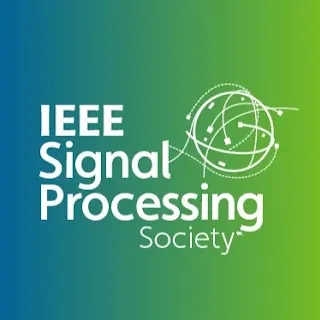Super-Resolution Hyperspectral Reconstruction With Majorization-Minimization Algorithm and Low-Rank Approximation
Hyperspectral imaging (HSI) has become an invaluable imaging tool for many applications in astrophysics or Earth observation. Unfortunately, direct observation of hyperspectral images is impossible since the actual measurements are 2-D and suffer from strong spatial and spectral degradations, especially in the infrared.
